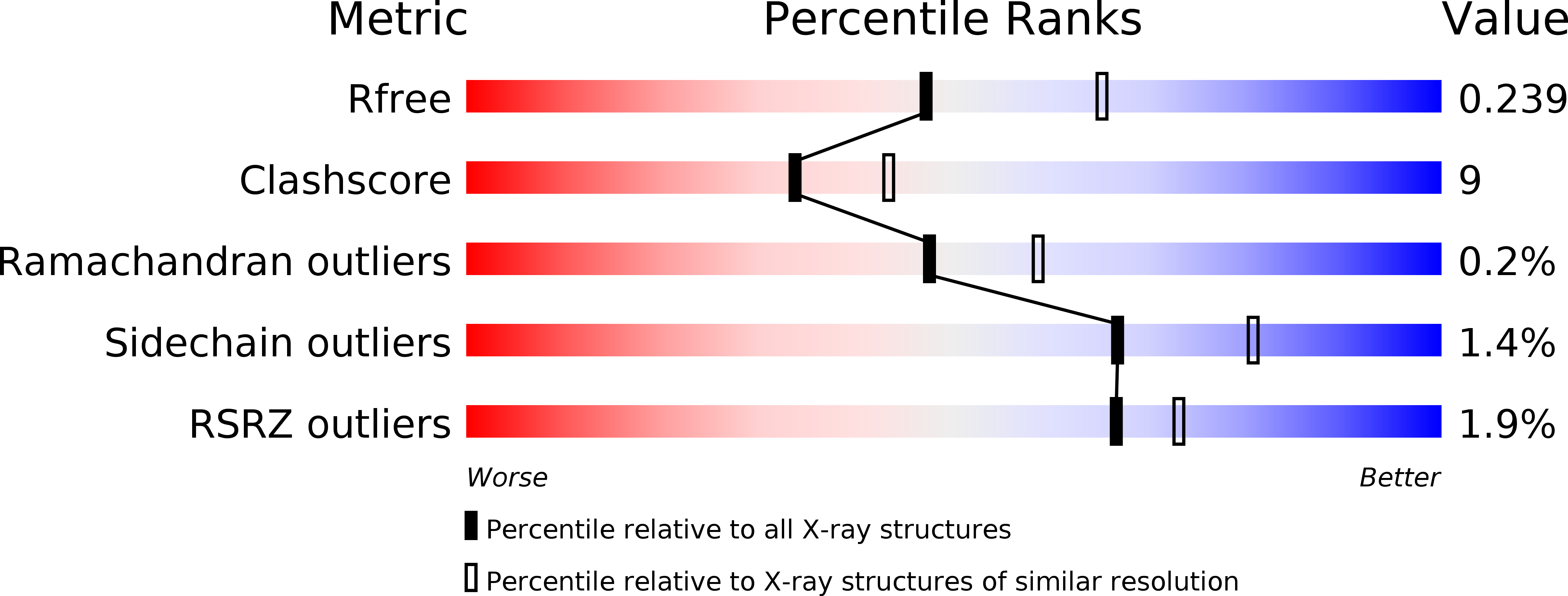
Deposition Date
2006-08-25
Release Date
2006-09-12
Last Version Date
2023-08-30
Entry Detail
PDB ID:
2I5P
Keywords:
Title:
Crystal structure of glyceraldehyde-3-phosphate dehydrogenase isoform 1 from K. marxianus
Biological Source:
Source Organism:
Kluyveromyces marxianus (Taxon ID: 4911)
Host Organism:
Method Details:
Experimental Method:
Resolution:
2.30 Å
R-Value Free:
0.24
R-Value Work:
0.21
R-Value Observed:
0.21
Space Group:
P 41 21 2


